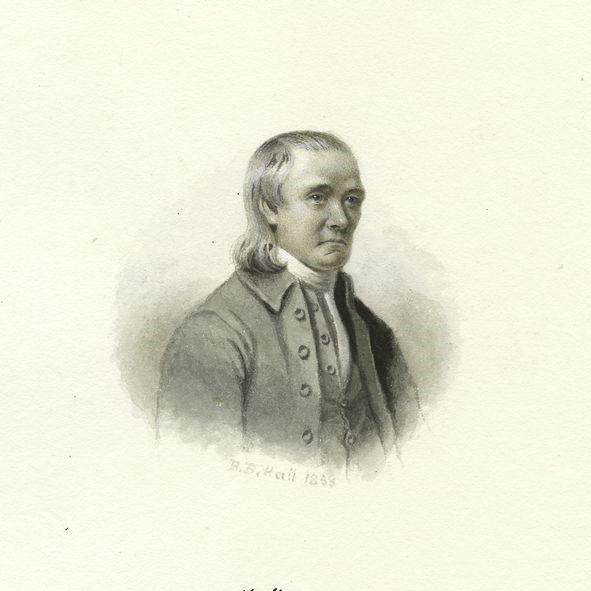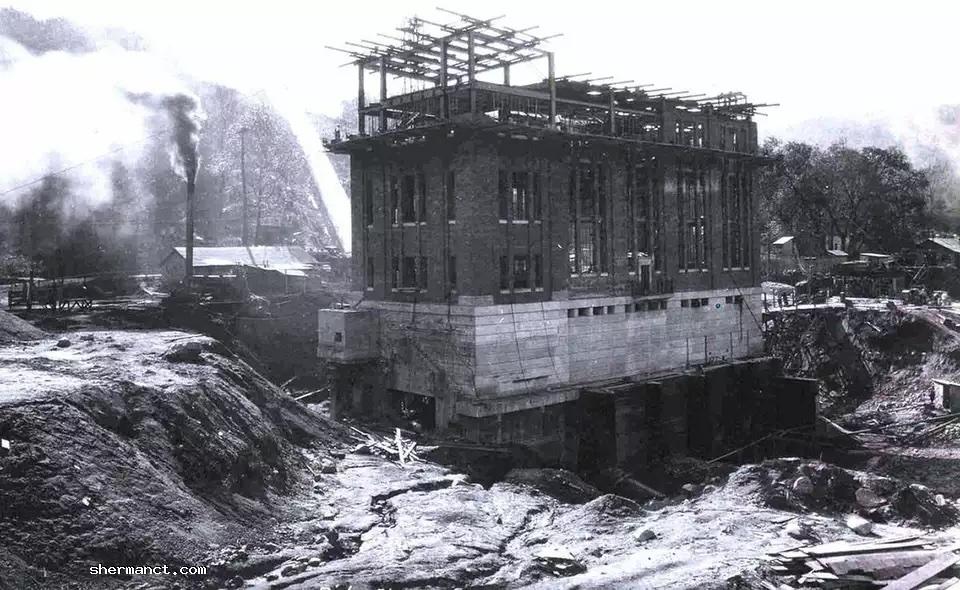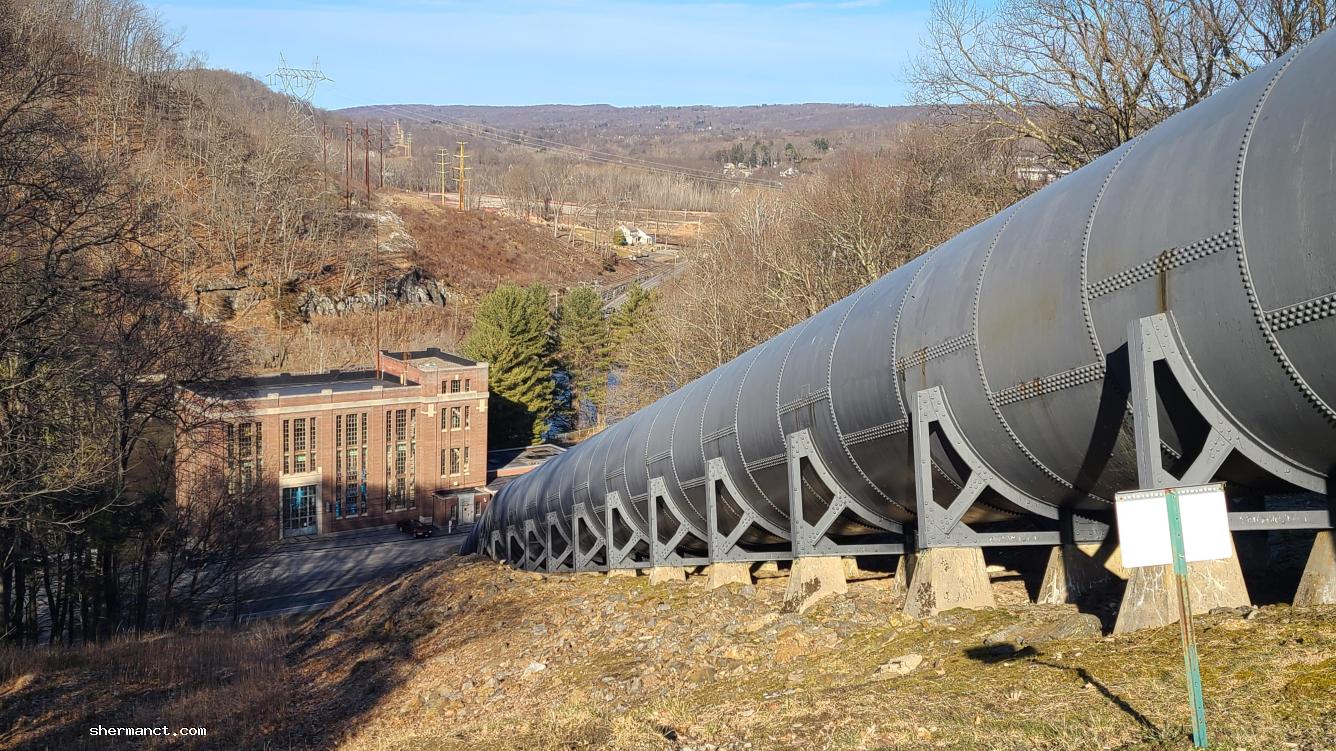History of Sherman, Connecticut
Early Inhabitants and Settlement
Before European settlers arrived, the area now known as Sherman was inhabited by indigenous peoples of Algonquian lineage. In 1724, colonial settlers from Fairfield, Connecticut, sought permission to establish a new township. By 1729, they had acquired a 31,000-acre tract of land, encompassing present-day New Fairfield and Sherman, for 65 pounds sterling. This acquisition laid the foundation for future settlements in the region. [Source]
Sherman Incorporated 1802
Settling in New Fairfield, the Puritans established The New Fairfield Meeting with a meeting house in its center. The north seven miles of the town became well populated, and in 1744, its residents established their own North Meeting with the Congregational Church and schools.
The North Meeting petitioned the Connecticut General Assembly to be a separate town and in 1802, became Sherman, named for Roger Sherman, the only American to sign four important historical documents: The Continental Association of 1774, The Declaration of Independence, the Articles of Confederation, and The Federal Constitution.His legacy is commemorated through the town's name and his reconstructed cobbler's shop, which stands behind the Northrup House in the town center. [Source]
Roger Sherman and the Connecticut Compromise
Roger Sherman, a Connecticut politician and Superior Court judge, is best remembered as the architect of the Connecticut Compromise, which prevented a stalemate between states during the creation of the United States Constitution.
During the summer of 1787, delegates gathered in Philadelphia to draw up rules for a stronger central government that would help rule the new nation. When the Constitutional Convention became deadlocked over the matter of legislative voting, Sherman proposed a system similar to one he had advocated previously as a delegate to the Continental Congress in 1776. The compromise provided for a bicameral legislature, with representation in the House of Representatives according to population and in the Senate by equal numbers for each state. Sherman's compromise was adopted on July 16, 1787 by a vote of five states to four, and served not only to save the crumbling convention, but provided stimulus to resolve other issues yet to be decided. [source]
Farming was the predominant occupation, along with mills for timber, shingles, cider and grain. Early Sherman had one church, one store, a doctor, and men who could build, bank, and deal in cattle and property sales. By 1810, the population had reached 949 residents.
19th Century Agricultural and Population Trends
Throughout the 19th century, Sherman thrived as an agrarian community. The town's fertile soil supported various farming activities, with tobacco cultivation gaining particular prominence. Tobacco was a large cash crop grown during the early 1900's. Considered to be of superior quality, it was dried in barns and shipped out as the wrapper leaf for cigars.
However, as industrialization drew many to urban centers, Sherman's population experienced a gradual decline, decreasing to 658 by 1900. During this period, local farmers also began diversifying their crops, growing corn, wheat, and rye, as well as raising livestock. [Source]
Creation of Candlewood Lake
The early 20th century brought significant changes to Sherman. The lake plan was approved in 1926. Twenty-six months later, the lake was completed. More than 1,000 laborers, many of whom lived in temporary construction camps on areas that would ultimately be flooded, worked on the project. They cleared woodland, built dams and dug ground that was too high to contain water. Beginning on Feb. 25, 1928, water was pumped into the valley that would become the lake. By Sept. 29, 1928, there was enough water for it to be considered complete, resulting in a body of water 16 miles long and 8.4 square miles.
A total of 5,420 acres of farmland and forests had been flooded. The area included tobacco fields, cattle farms, forests and about 100 buildings, including homes, churches and schools. In all, 35 families owned property within the flood zone. But the electric company was armed with eminent domain and was able to purchase most of this property. However, there were a few holdouts and some small portions of privately owned land were ultimately flooded. Parts of Brookfield, Danbury, New Fairfield, New Milford and Sherman were submerged, as was the entirety of the village of Jerusalem, now under the New Milford portion of the lake. [Source]
20th Century Transformation and Modernization
The creation of Candlewood Lake in the 1920s transformed parts of the town's landscape, submerging farmland and introducing new recreational opportunities. The lake, created as a hydroelectric reservoir, became the largest in Connecticut, attracting tourism and vacation homes. Despite these changes, Sherman maintained its rural charm and became a favored weekend retreat for New York City residents. By 1950, the population had reduced to 549 [Source] largely due to a loss of economic opportunities.
21st Century Demographic and Economic Landscape
In the 21st century, Sherman has continued to evolve while preserving its unique character. The town continued to grow, reaching 2,809 residents by 1990. According to the 2020 Census, the town's population stood at 3,527. The median household income was reported at $123,889, reflecting the town's economic stability. Projections for 2025 estimate a slight population decline to 3,516, with a median age of 59.4 years. The town has become known for its high standard of living, with a mix of longtime residents and newcomers seeking a peaceful rural lifestyle within commuting distance of New York City. [Source]
Conservation and Land Trusts
Sherman has a long-standing commitment to land conservation and environmental stewardship. The Sherman Land Trust plays a significant role in preserving the town’s rural character by protecting open spaces, wetlands, and forests. Conservation easements and protected areas ensure that the natural beauty of Sherman remains intact for future generations. Many trails, parks, and lakes are maintained through these efforts, providing recreational opportunities while safeguarding biodiversity. [Source]
In recent years, a few farms have been sold to the local Naromi Land Trust, and carefully sub-divided to preserve the natural views of rolling hills and farm buildings. Others raise pigs, breed sheep, cattle and horses. Newer farmers are growing organic vegetables, fruits and flowers for the open market. Riding stables are also found in all corners of Sherman.
Education and Community Life
Education remains a cornerstone of the Sherman community. The Sherman School serves students from pre-school through grade 8, with an enrollment of approximately 325 students. High school students have the option to attend several area high schools, including New Milford High School and New Fairfield High School, with tuition covered by the town. The town library and historical society contribute to Sherman's strong sense of community, offering events, lectures, and educational programs.
Economic Development and Infrastructure
While primarily a residential town, Sherman has a small business sector that includes local shops, restaurants, and service providers. The town has made strategic investments in infrastructure, including road maintenance, public safety services, and broadband expansion to support remote workers. Many residents work in finance, technology, and creative industries, commuting to New York City or working remotely.
From its early days as indigenous land to its current status as a tranquil residential community, Sherman's history reflects resilience and adaptability. The town's commitment to preserving its natural beauty, fostering education, and maintaining a close-knit community ensures that Sherman remains a cherished place for its residents and visitors alike. [Source]
The enlarged K-8 school, volunteer file department, town hall and recreation fields are a testament to the growing population and new housing market in Sherman.


